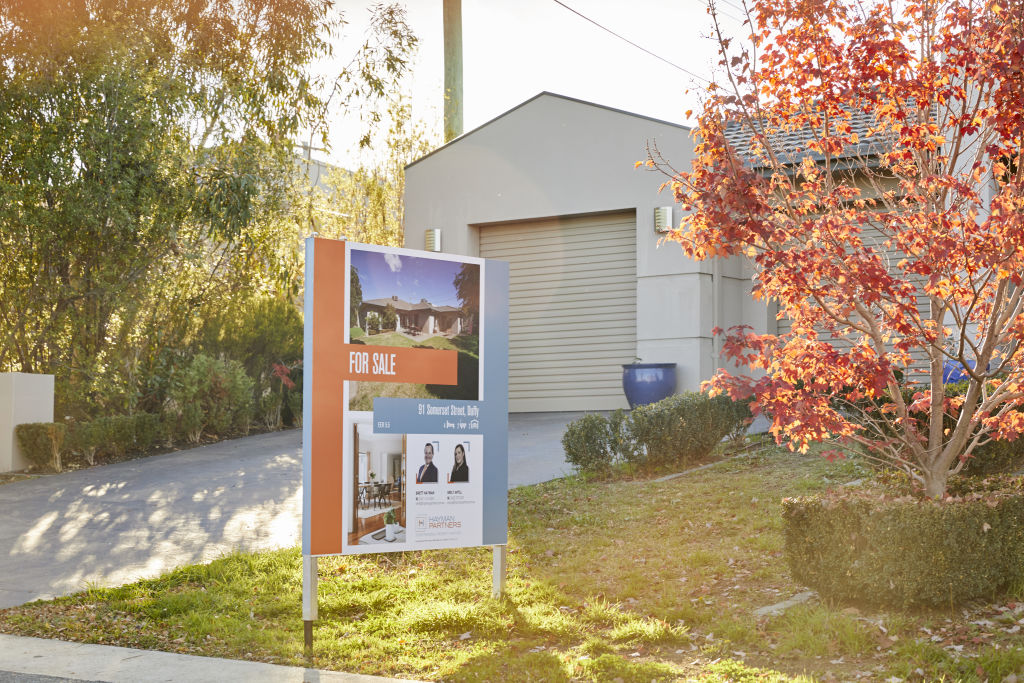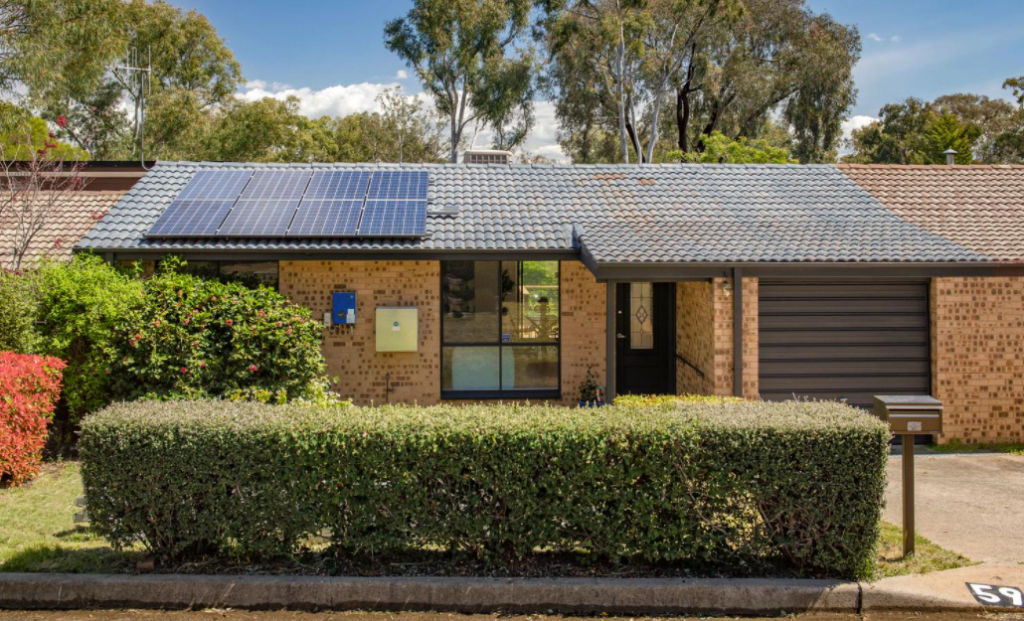Current Location: Local Lifes Local News ACT budget 2021: The six property-related measures in the territory’s budget
Eight months after the ACT budget was expected to be handed down, ACT chief minister Andrew Barr has delivered the territory’s budget for the ninth time.
The 2020-21 budget was due to be announced in June last year but the coronavirus pandemic delayed the fiscal update. This afternoon, Mr Barr delivered perhaps the most important budget as the capital bounces back from the economic downfall brought on by the coronavirus pandemic.
The 310-page document showed the territory’s financial position had recovered from the pandemic at a faster than expected pace, with the ACT budget $603 million in deficit this financial year, a $300 million improvement from the city’s position in August.
So what are the property-related measures in this year’s budget?
A surge in land sales helped deliver a $300 million improvement to the territory’s budget bottom line.
The ACT government’s stamp duty concessions, coupled with the federal government’s HomeBuilder grant and extra GST revenue, helped improve the city’s financial position.
Budget papers noted that land sales “exceeded expectations” with new releases very quickly absorbed by the market.
Over the next four years, the territory government will release a further 13,290 residential dwellings, 189,206 square metres of mixed-use land and 259,475 square metres of community land.
An update to the land release program is underway and will be released in the next five months.
The territory government will implement stage three of its tax-reform program that commenced in 2012, a year earlier than previously scheduled.
The benefits of residential stamp duty reductions during the third stage of the tax reform will be targeted to provide the largest benefit to Canberrans accessing affordable housing.
Over the forward estimates period, residential stamp duty revenue is expected to grow at an average rate of around 6.8 per cent per year, in line with average increases in property prices and turnover, partially offset by tax reform.
Canberrans have been stung by years of rate increases after the territory government moved to abolish stamp duty altogether in favour of a broader property tax system. The 20-year plan has been underway since 2012.
So far, stamp duty has been abolished for first-home buyers on any residential property, as long as their annual household income is less than $160,000. Stamp duty was also dumped for commercial properties of $1.5 million or less.

As part of the third stage of the tax reform, residential and commercial rates will be capped at 3.75 per cent over the four years to 2023-24, which is lower than the increase applied in the second stage.
Residential general rates revenue in 2019-20 was $386.9 million. In 2020-21, it is forecasted to increase only moderately to $395.5 million.
The small increase reflects the growth in a number of properties offset by residential rates relief that the ACT government offered households.
In June, Mr Barr announced a rate freeze for thousands of Canberra homeowners in a bid to cushion the economic blow brought on by COVID-19.
Mr Barr said the territory government freeze, combined with the $150 rates rebate, would provide a rate reduction to more than 110,000 Canberra households and 4600 commercial property owners.
Canberra households and businesses can expect rates hikes to resume after July 1, which will be outlined in the second ACT budget later this year.
One of the ACT’s key priorities in this year’s budget is climate change, including renewable energy.
The $307 million climate change commitment will be rolled out over the next five years and includes the $150 million Sustainable Household Scheme announced in August.
The interest-free loans will help households with the upfront costs of investing in rooftop solar panels, household battery storage, zero-emission vehicles and efficient electric appliances.
Mr Barr previously announced that households would be able to register their interest in the program as soon as April and to give an indication of the products they wished to install in their homes.
The ACT government will also establish a $50 million five-year program to improve building efficiency and sustainability for social and public housing, lower-income owner-occupiers and the lowest-performing rental properties.

The ACT government previously announced it would extend COVID-19 residential tenancy relief, which is offered to COVID-19-affected landlords and tenants, until June 30, 2021.
Under this measure, land tax and residential rates rebates are given to landlords who reduce rents for tenants experiencing rental stress by 25 per cent. This provides rent relief to impacted tenants of up to $200 per week.
As previously announced, the ACT government has allocated $105 million over the next four years to 2023-24 in a bid to boost public housing infrastructure.
Of that, $52 million will be used to continue public housing growth and renewal, $11.6 million will go towards the construction of a second Common Ground in Dickson and $11.4 million will be committed over the next four years for general property and energy efficiency upgrades.
The territory government will also set aside $700,000 in additional funding, over the next four years, for systemic advocacy via ACT Shelter to increase its capacity as the peak body advocating for the interests of people living in and looking for affordable and social housing.





‘Stop complaining’: millionaire property investor defends plan to buy 1000 homes
Queensland set to make border announcement on Monday as vaccine rates soar
Face masks could remain mandatory in NSW after December 15
Disney World puts COVID vaccine mandate on hold after cast member released internal memo
